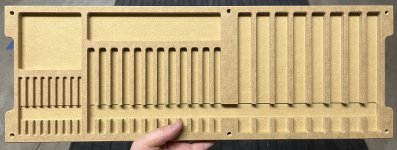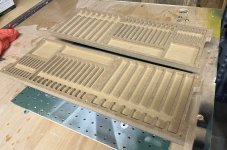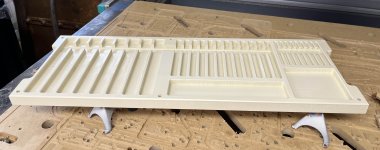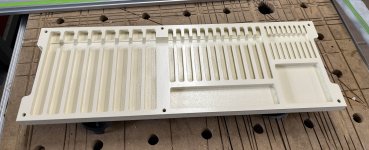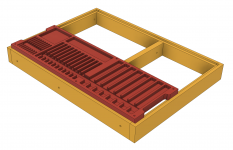I need advice on finishing MDF. I made two trays to organize my drill bits (metric and imperial) inside a tool box drawer. They are out of 3/4" MDF. Will finish them with BM Advance, largely cause I have some on hand, and because I like how it lays down. I will spray with a Fuji turbine.
Do I need to do something before spraying the paint? Primer, sealant?
Thank you for any suggestion.
[attachimg=1]
[attachimg=2]
Do I need to do something before spraying the paint? Primer, sealant?
Thank you for any suggestion.
[attachimg=1]
[attachimg=2]

